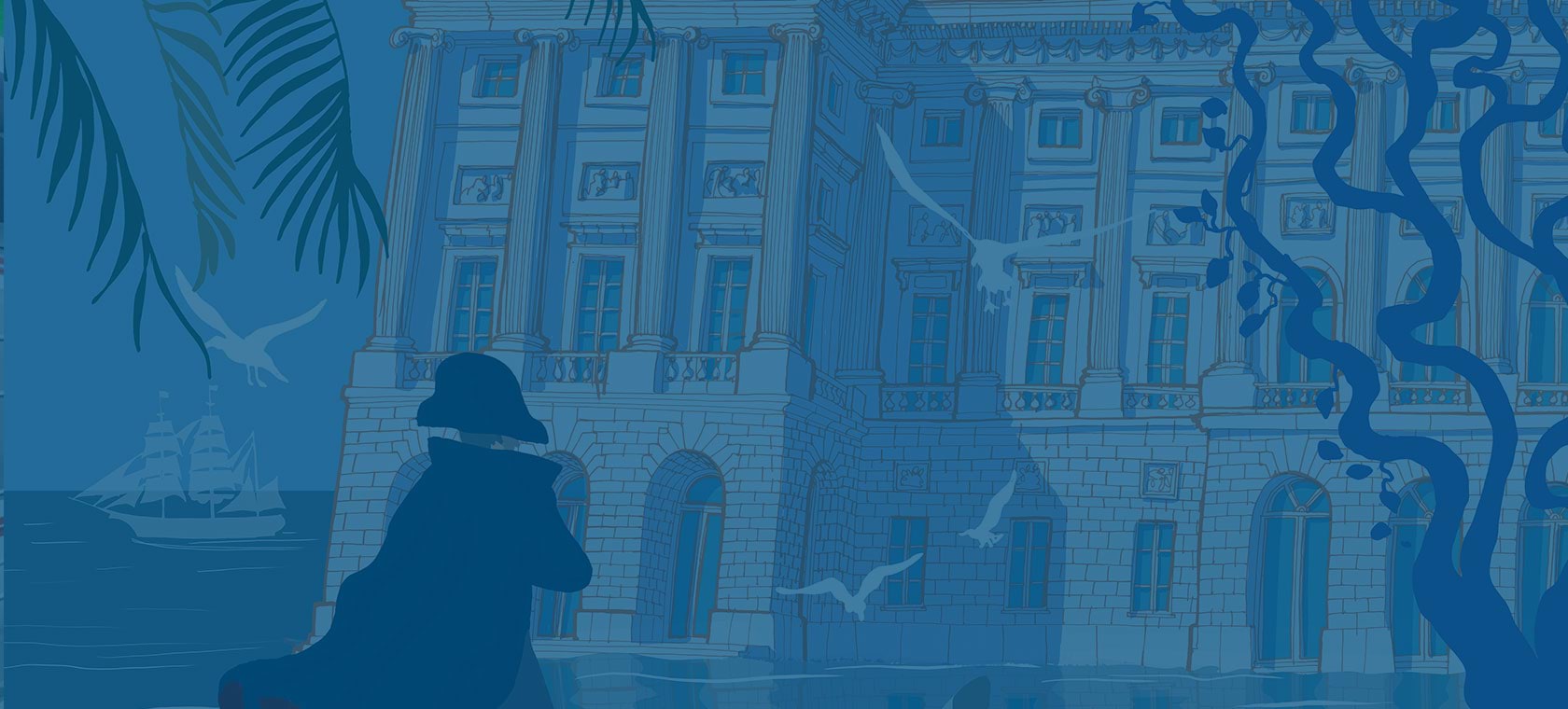
Napoleon Bonaparte, as everyone knows, was quite a character. More volcanic than irascible, one might say today. He erupted easily even with his closest aides.
But when they told him about the Villa, his curiosity was piqued. Off he went by carriage. They escorted him across the gardens. When he stepped down, there he stood before the façade in silence, right hand in his jacket, the iconic pose we customarily associate with his grandeur. He nodded. That was enough. The Villa would soon become his residence in Italy. He stayed there at intervals from 1802 to 1805, whenever circumstances brought him to Milan. Years later, when his mood turned melancholy during his exile on St Helena, they say he liked to recall it. A Neoclassic jewel, lavishly appointed, was perfectly attuned with the soaring music accompanying the magnificent balls reflected in its sumptuous chandeliers. ‘Oh, my Villa Belgiojoso’, he was heard to murmur. He would then recall the ladies, a passion he cultivated as much as he did his battles. But that’s another story. Needless to say, Bonaparte might not have been pleased to learn that his Villa became the residence of Field Marshal Radetzky when the Austrians marched back in to the city a few decades later. But that’s another story. When it came to art, though, Napoleon eschewed second thoughts.
Instantly he recognised the expressive force and value of art as vessel for projecting imperial power. We can reasonably assume that he would have nodded in approval yet again when the city of Milan decided that Villa Reale would become its Gallery of Modern Art in 1921. GAM, as it came to be called, needed a face lift at the end of World War II. Its eyes had seen it all but were beginning to fade. The company the city of Milan awarded the contract to had no second thoughts either. It ordered Mapei’s Silexcolor, its silicate-based mineral paint for external use. The system fit the façade to a tee. A legend soon grew up around the new skin.
It seems that it started with one of the Villa’s elderly custodians. He was seated late one night after supper before a bottle of wine at a seedy tavern in the Navigli District. As usual, the fog was so thick you couldn’t see more than two paces ahead. He said it would appear on nights just like this. Napoleon’s ghost would stand erect before the Villa, right hand in jacket, its gaze cast on the renovated façade and nod in approval.
* Mapei has been back more than once to Villa Reale. The latest works have been carried out in 2003/2004 and 2012/2013.
